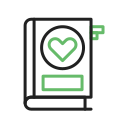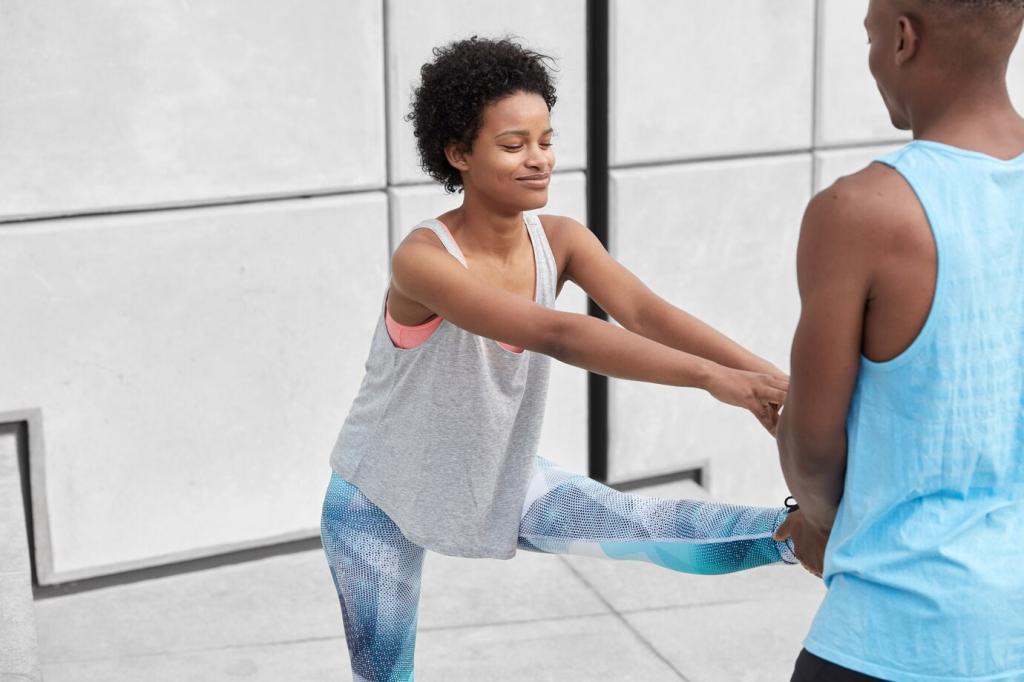Reset Your Body Clock Without Quitting Your Day Job
Pick one anchor time you can keep most days—like lights out at 11:15 p.m.—and protect it. Even 20 minutes of consistency signals your circadian rhythm, making sleep onset smoother despite unpredictable workloads.
Reset Your Body Clock Without Quitting Your Day Job
Within an hour of waking, get 5–10 minutes of outdoor light. It advances your biological clock, lifts mood, and sharpens focus later, so bedtime feels drowsier naturally—no screen dimmer will match sunlight’s precision.









